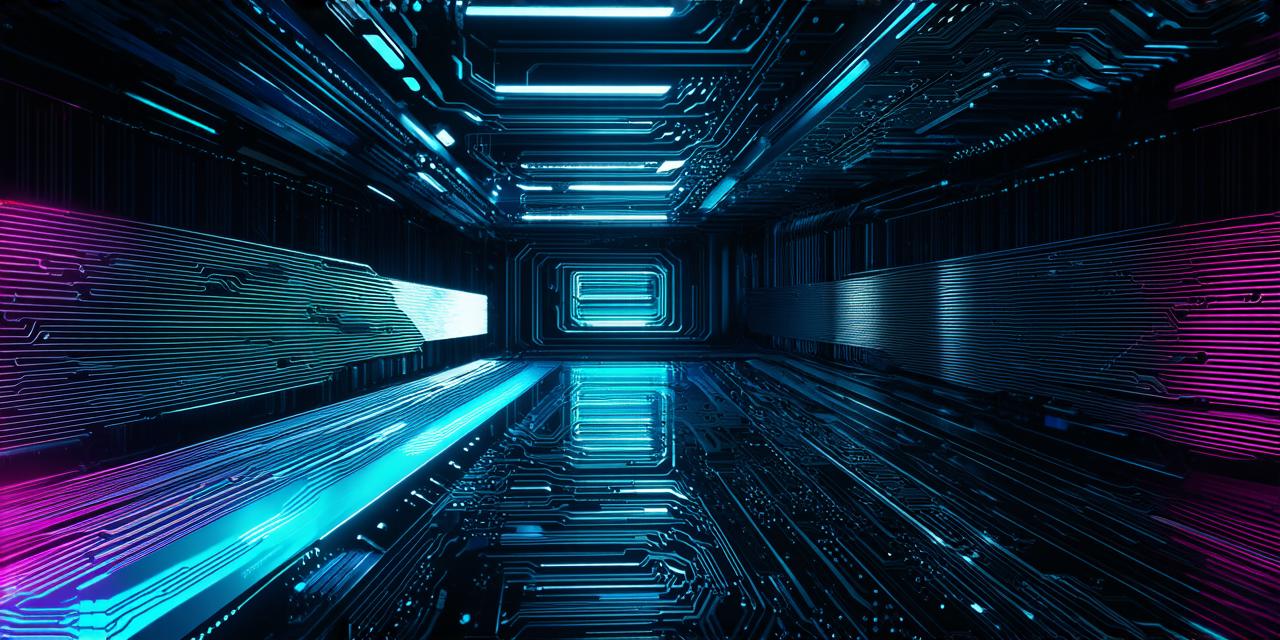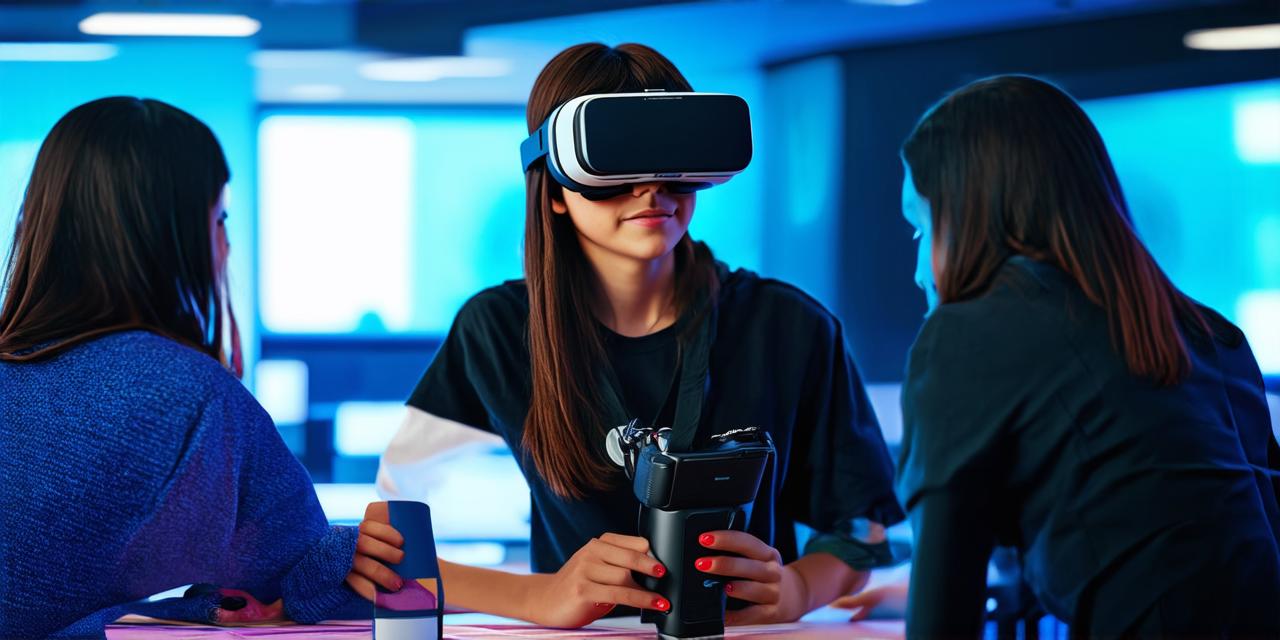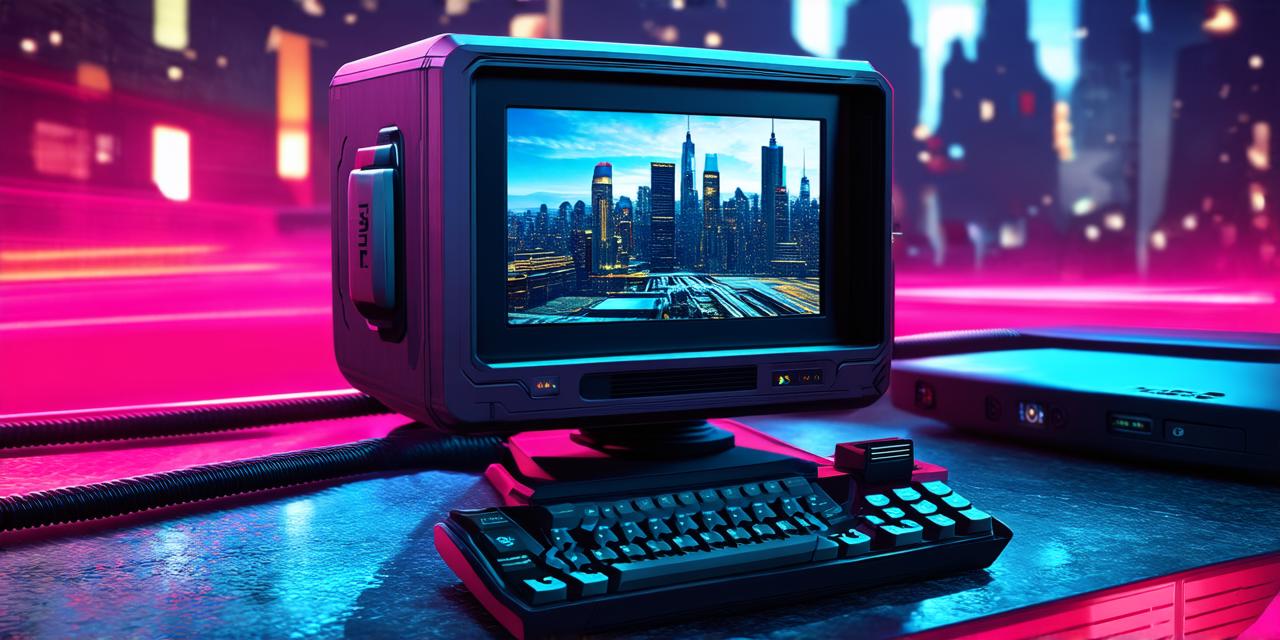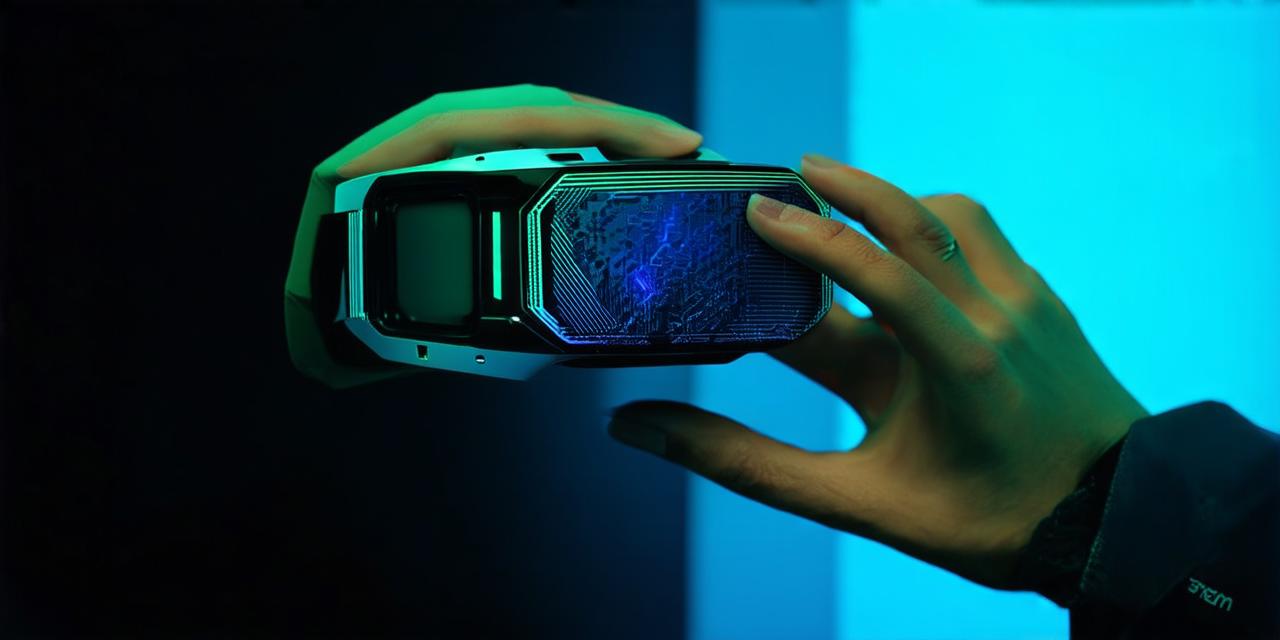Virtual reality (VR) technology has been around for decades, but it is only in recent years that it has started to become mainstream. With advancements in hardware and software, VR is now more accessible than ever before.
Virtual Reality’s Impact on Entertainment
One of the most well-known applications of VR technology is in entertainment. Gaming companies are already using VR to create immersive gaming experiences that blur the line between reality and fantasy. For example, Oculus VR’s flagship headset, the Oculus Quest 2, allows users to play games as if they were actually inside the game world.
But VR is not just limited to gaming. It has also found a place in the movie industry. Companies like IMAX are already using VR technology to create immersive movie experiences that transport viewers into the world of the film. This has opened up new possibilities for storytelling and has the potential to revolutionize the way we experience movies.
Virtual Reality’s Impact on Training and Education
Virtual reality technology has also found a place in training and education. With VR, learners can simulate real-life scenarios in a safe and controlled environment. For example, medical students can practice surgeries without risking the lives of patients.
Similarly, pilots can train in virtual skies without putting their aircraft or passengers at risk. This has also found applications in military training. Soldiers can simulate combat situations and develop their skills without putting themselves or others in danger. This not only saves lives but also allows for more effective training.
Virtual Reality’s Impact on Real Estate
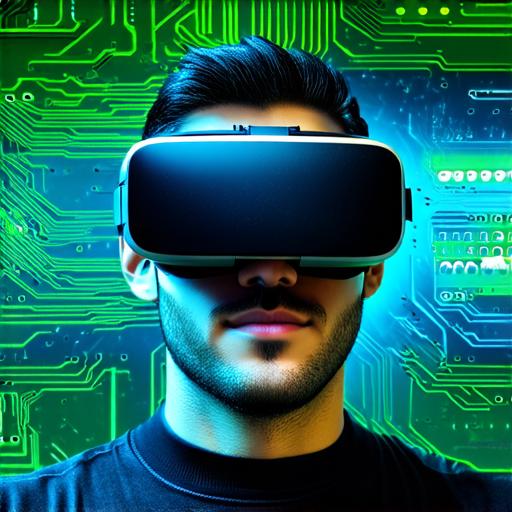
Virtual reality technology is also being used in the real estate industry. With VR, buyers and sellers can virtually walk through properties and get a better sense of the space. This not only saves time and money but also allows for more accurate property appraisals.
In addition to this, VR is also being used for architectural visualization. Architects can create virtual models of their buildings and allow clients to explore them in detail before construction begins. This has improved communication between architects and clients and has led to better project outcomes.
Virtual Reality’s Impact on Tourism
Tourism is another industry that is being impacted by VR technology. With VR, tourists can virtually explore destinations without leaving their homes. This not only saves time and money but also allows for more personalized experiences.
For example, a tourist visiting Paris could take a virtual tour of the Louvre Museum and learn about its history and architecture in detail. Similarly, a tourist visiting the Grand Canyon could take a virtual hike and explore the canyon from the comfort of their own home.
Virtual Reality’s Impact on Mental Health
Virtual reality technology is also being used in mental health treatment. With VR, patients can simulate real-life situations that trigger anxiety or phobias in a safe and controlled environment. This has been shown to be effective in treating conditions such as PTSD and social anxiety disorder.
In addition to this, VR technology is also being used for pain management. Patients with chronic pain can use VR to distract themselves from their pain and improve their quality of life.
Conclusion
Virtual reality technology is poised to transform the world in various ways.
